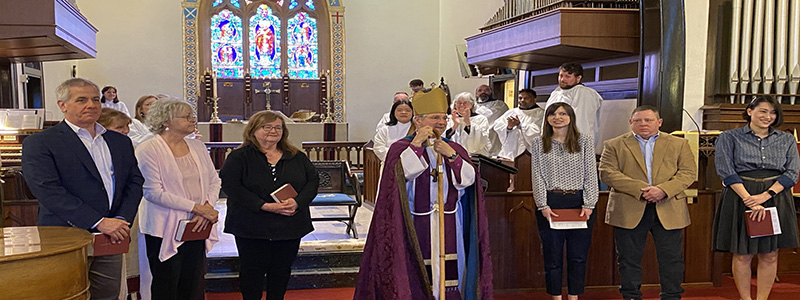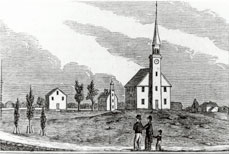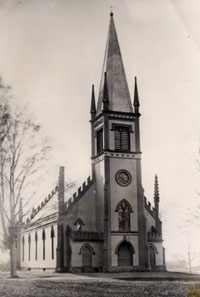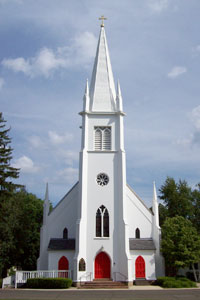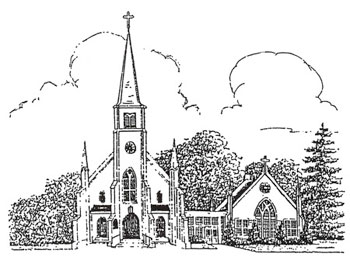|
Our History The Episcopal Society comprised of Branford, Guilford and New Haven was established in 1748 even though this group was still legally bound to the First Ecclesiastical Society of Branford. At that time itinerant ministers held worship services in people’s homes as they traveled from town to town. During the revolutionary war, the Episcopal Society was forced to go underground because Episcopalians were considered part of the Anglican Church of England.
After the war a number of members wished to break away from the First Ecclesiastical Society to form the Episcopal Church. “They all progressed together in obedience to the general determination to found a parish”.* Three things had to be done: the parish had to be legally organized, a place of worship had to be provided and a pastor had to be secured. In 1784 members of the Episcopal Society had legally been released from paying dues to the First Ecclesiastical Society of Branford now known as the First Congregational Church. On November 28, 1784 the Rev. James Sayre was hired to conduct the services of the church. A wooden framed church was built on the Green northwest of the present edifice. Lumber was provided by the First Ecclesiastical Society. The Episcopal Society of Branford established a church with 54 members under the newly consecrated Episcopal Bishop of the United States Samuel Seabury. The appearance of the name Trinity Episcopal Church was first found in church records dated 1818.
The Messenger first appeared in 1907 as a means of communicating with the parishioners. The Rectory, located on Elizabeth Street, was built in 1953. Records indicate that there were two previous rectories. One was located on Montowese Street. The parish house, which sits behind the Church, was built in 1957 with a connecting passageway to the undercroft.
Trinity Church with the Parish Hall, late 1950s The first year that women served on the Vestry was 1974. Since Trinity was founded there have been 46 Rectors. After 212 years, the first female ordained minister was called to serve the parish as an assistant to the Rector. Today Trinity anchors the eastern edge of the historic Branford Green and serves as a gracious testament to the faith of generations of worshipers. Trinity Historians |
Copyright © 2013. Trinity Episcopal Church. All rights reserved.
Website policy and disclaimer.

